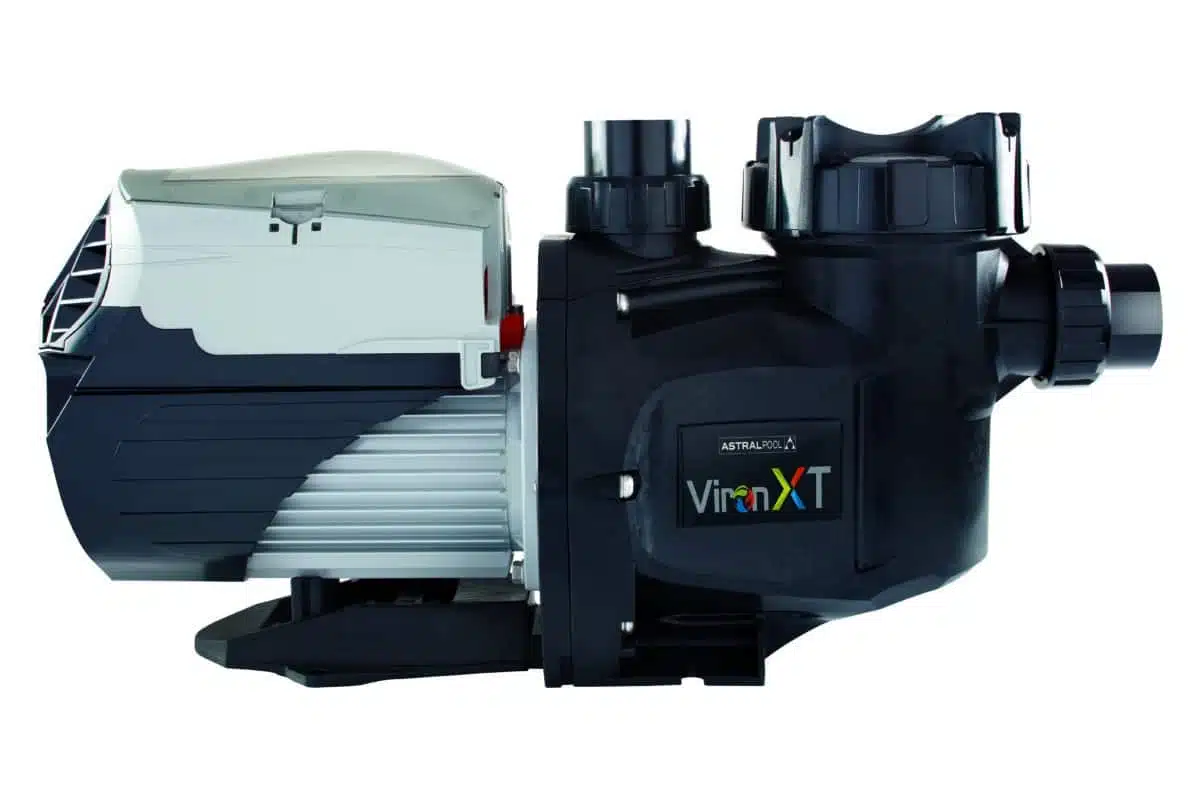- Fast Delivery Available!
- 211 Stirling Highway, Claremont, WA 6010
- 0412 561 620
- 0481 102 649
- Email Nicole
When it comes to keeping your pool running efficiently, your pump is doing the heavy lifting. And if you’re wondering whether a single-speed or variable-speed pool pump is the right choice for your setup, you’re not alone. With rising energy costs and increasing awareness around efficiency, more pool owners across WA are asking this question. Let’s break it down simply so you can make an informed choice that suits your needs, your pool, and your budget.
The main difference between single-speed and variable-speed pumps comes down to how they operate:
That one difference changes how they impact energy consumption, running costs, water clarity and equipment wear.
Most pool owners are motivated by two things: keeping their pool clean and avoiding over-the-top power bills. Variable-speed pumps deliver strong value on both fronts.
That said, not everyone needs or wants that level of control. If simplicity is more important than flexibility, a single-speed pump still ticks a lot of boxes.
One of the biggest reasons people lean toward single-speed pumps is the lower price tag. They’re cheaper upfront and easier to install. If you’re after a no-fuss, plug-and-play solution, it’s a solid choice.
Here’s how it typically stacks up:
It comes down to how often you run your pump. If your pool gets regular use – especially in Perth’s longer warm season – the energy savings of a variable-speed model may add up quickly.
There’s no one-size-fits-all solution here. It really depends on your usage habits, pool size and maintenance goals.
A single-speed pump might be ideal if you:
A variable-speed pump might make more sense if you:
Single-speed pumps remain popular for good reason. They’re easy to operate, widely compatible with existing systems, and offer dependable performance with fewer settings to manage. For many WA pool owners, especially those who value clarity, reliability and straight-up value – they just work.
With Best Price Pool Equipment, you’re not pushed into one option over another. We understand that pool ownership is personal, and our goal is to help you find a solution that genuinely suits your home and lifestyle.
At the end of the day, it’s about choosing the right setup for your lifestyle and budget. Whether your pool is the hub for summer barbies, your post-workout wind-down, or your family’s weekend escape, your equipment should support that.
Best Price Pool Equipment helps pool owners get quality equipment, service and price.
If you’re not sure which pump is right for your pool, our team is here to walk you through the options. We offer straightforward guidance, informed by years of real experience with WA pools.
Ready to upgrade your pump? Get in touch with us to chat with our team.

"*" indicates required fields
"*" indicates required fields